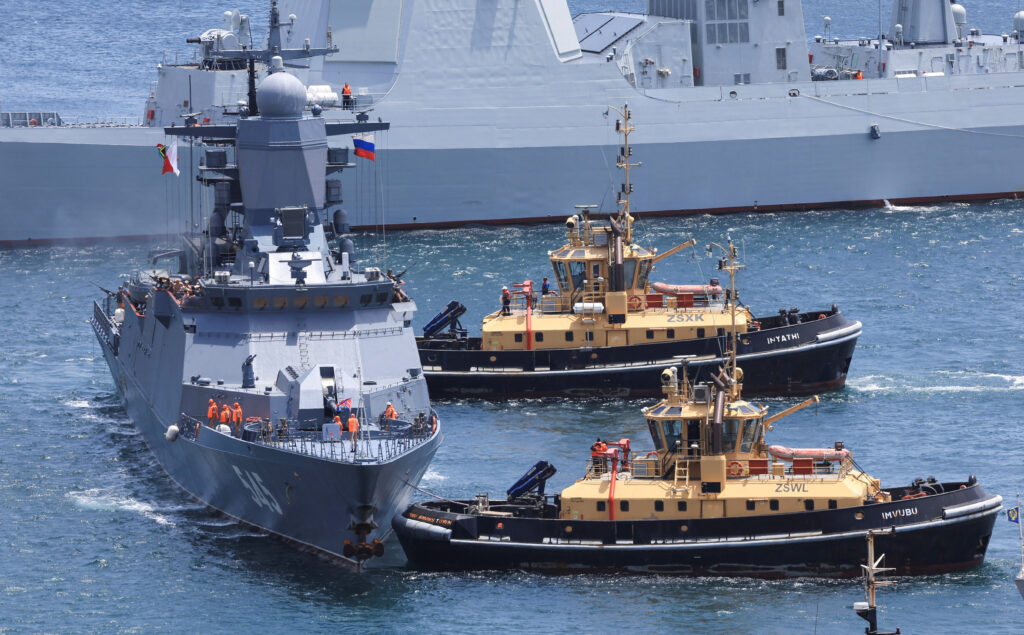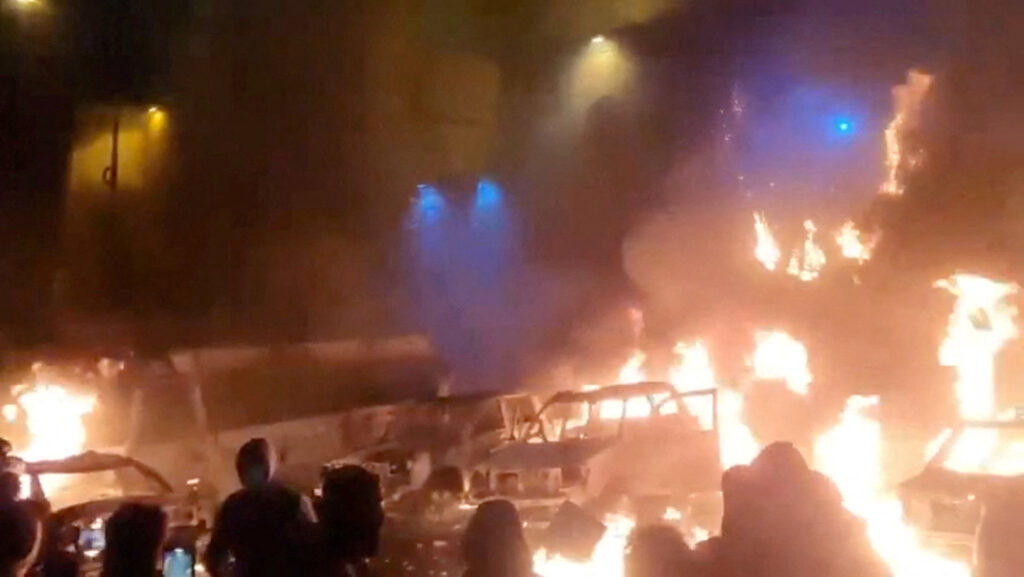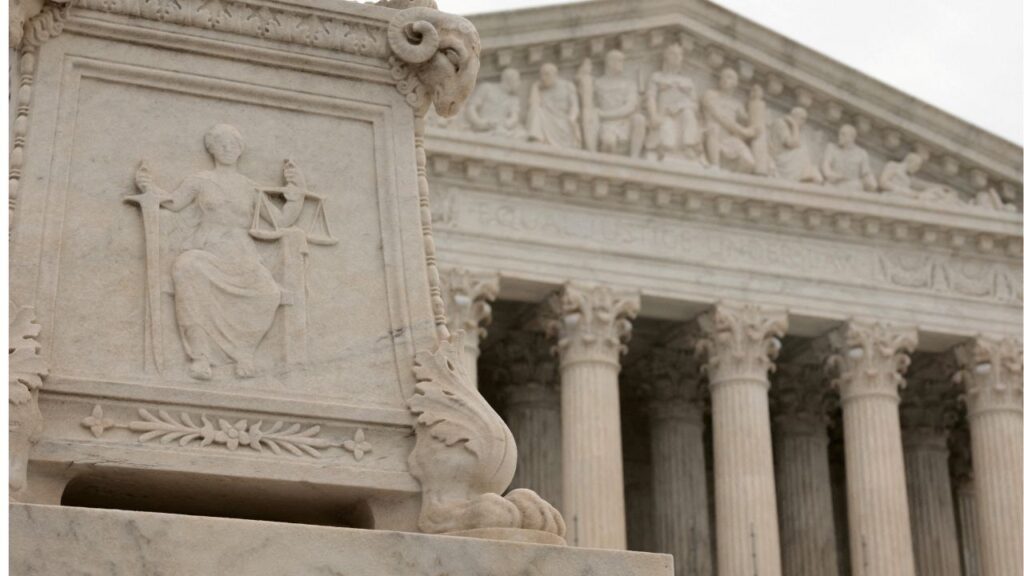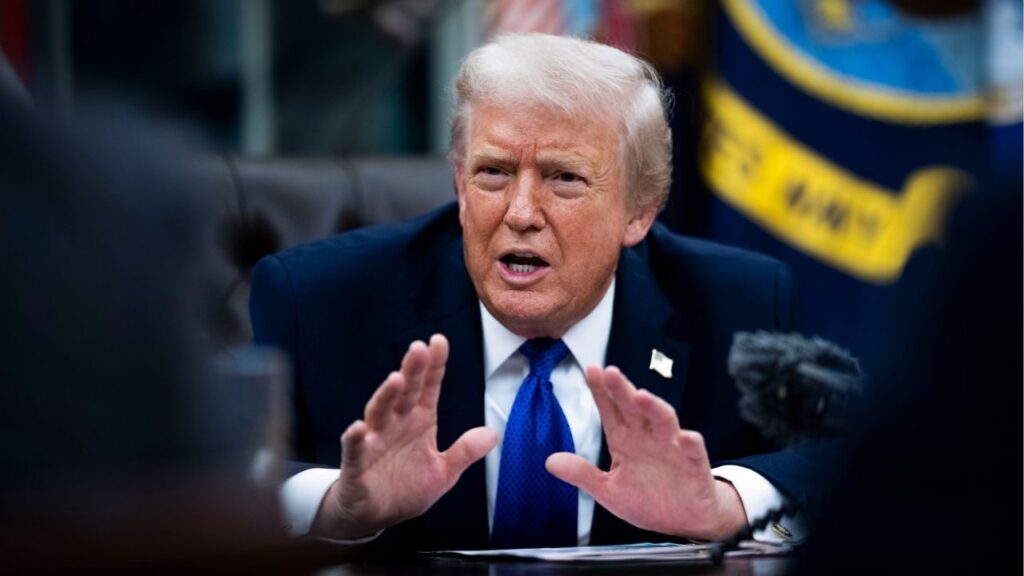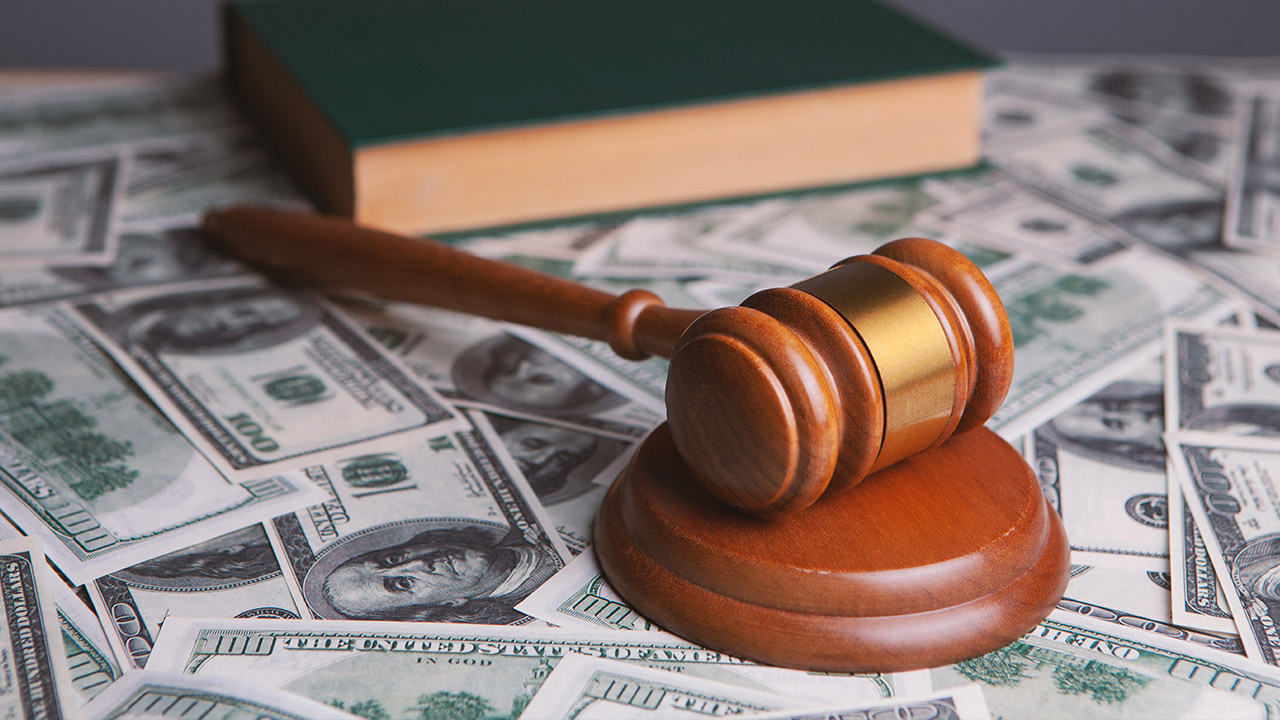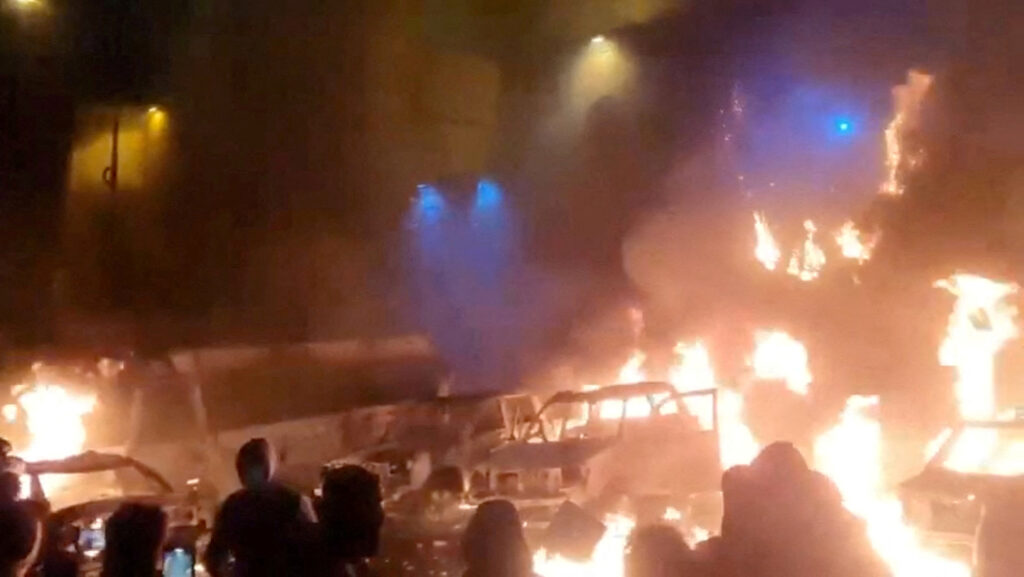President Donald Trump walks with Elon Musk and his son X AE A-Xii, after looking at Tesla vehicles on the South Grounds of the White House in Washington, March 11, 2025. A federal judge in Washington ordered Musk and operatives involved with his Department of Government Efficiency to hand over an assortment of documents and written answers addressing its role in the government, a perch from which the unit has effected mass firings of federal workers and a dramatic dismantling of federal programs. (Doug Mills/The New York Times)

- Huawei built a massive research campus, defying U.S. sanctions by advancing AI, smartphones, and electric vehicle technology.
- China’s “fitness club” approach — STEM education, skilled labor, and rapid production — fuels its AI-driven manufacturing dominance.
- Trump’s tariffs alone won’t rebuild American manufacturing; partnerships with Chinese innovation could drive sustainable economic growth.
Share
|
Getting your Trinity Audio player ready...
|
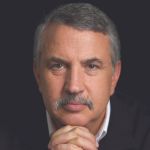
Thomas L. Friedman
Opinion
April 2, 2025
I had a choice the other day in Shanghai: Which Tomorrowland to visit? Should I check out the fake, American-designed Tomorrowland at Shanghai Disneyland, or should I visit the real Tomorrowland — the massive new research center, roughly the size of 225 football fields, built by Chinese technology giant Huawei? I went to Huawei’s.
It was fascinating and impressive but ultimately deeply disturbing, a vivid confirmation of what a U.S. businessman who has worked in China for several decades told me in Beijing. “There was a time when people came to America to see the future,” he said. “Now they come here.”
I’d never seen anything like this Huawei campus. Built in just over three years, it consists of 104 individually designed buildings, with manicured lawns, connected by a Disney-like monorail, housing labs for up to 35,000 scientists, engineers and other workers, offering 100 cafes, plus fitness centers and other perks designed to attract the best Chinese and foreign technologists.
The Lianqiu Lake R&D campus is basically Huawei’s response to the U.S. attempt to choke it to death beginning in 2019 by restricting the export of U.S. technology, including semiconductors, to Huawei amid national security concerns. The ban inflicted massive losses on Huawei, but with the Chinese government’s help, the company sought to innovate its way around us. As South Korea’s Maeil Business Newspaper reported last year, it’s been doing just that: “Huawei surprised the world by introducing the ‘Mate 60’ series, a smartphone equipped with advanced semiconductors, last year despite U.S. sanctions.” Huawei followed with the world’s first triple-folding smartphone and unveiled its own mobile operating system, Hongmeng (Harmony), to compete with Apple’s and Google’s.
The company also went into the business of creating the AI technology for everything from electric vehicles, self-driving cars and even autonomous mining equipment that can replace human miners. Huawei officials said in 2024 alone it installed 100,000 fast chargers across China for its electric vehicles; by contrast, in 2021 the U.S. Congress allocated $7.5 billion toward a network of charging stations, but as of November this network had only 214 operational chargers across 12 states.
It’s downright scary to watch this close up. President Donald Trump is focused on what teams American transgender athletes can race on, and China is focused on transforming its factories with AI so it can outrace all our factories. Trump’s “Liberation Day” strategy is to double down on tariffs while gutting our national scientific institutions and workforce that spur U.S. innovation. China’s liberation strategy is to open more research campuses and double down on AI-driven innovation to be permanently liberated from Trump’s tariffs.
China’s message to the United States: We’re not afraid of you. You aren’t who you think you are — and we aren’t who you think we are.
I prefer to express my patriotism by being brutally honest about our weaknesses and strengths, China’s weaknesses and strengths and why I believe the best future for both of us — on the eve of the AI revolution — is a strategy called: Made in America by American workers in partnership with Chinese capital and technology.
Let me explain.
Trump’s Magical Thinking
I agreed with Trump regarding his tariffs on China in his first term. China was keeping out certain U.S. products and services, and we needed to treat China’s tariffs reciprocally. For instance, China dragged its feet for years on letting U.S. credit cards be used in China, waiting until its own payment platforms completely dominated the market and made it a cashless society, where virtually everyone pays for everything with mobile payment apps on their phones. When I went to use my Visa card at a shop in a Beijing rail station last week, I was told it had to be linked through one of those apps, like China’s Alipay or WeChat Pay, which, combined, have a more than 90% market share.
I even agree with Trump that additional — targeted — tariffs on China’s back doors into the U.S. via Mexico and Vietnam could be useful, but only as part of a larger strategy.
My problem is with Trump’s magical thinking that you just put up walls of protection around an industry (or our whole economy) and — presto! — in short order, U.S. factories will blossom and make those products in America at the same cost with no burden for U.S. consumers.
For starters, that view completely misses the fact that virtually every complex product today — from cars to iPhones to mRNA vaccines — is manufactured by giant, complex, global manufacturing ecosystems. That is why those products get steadily better and cheaper. Sure, if you are protecting the steel industry, a commodity, our tariffs might quickly help. But if you are protecting the auto industry and you think just putting up a tariff wall will do it, you don’t know anything about how cars are made. It would take years for American car companies to replace the global supply chains they depend on and make everything in America. Even Tesla has to import some parts.
But you’re also wrong if you think that China only cheated its way to global manufacturing dominance. It did cheat, copy and force technology transfers. But what makes China’s manufacturing juggernaut so powerful today is not that it just makes things cheaper; it makes them cheaper, faster, better, smarter and increasingly infused with AI.
Inside the China Fitness Club
How? Jörg Wuttke, a former longtime president of the European Union Chamber of Commerce in China, calls it “the China fitness club,” and it works like this:
China starts with an emphasis on STEM education — science, technology, engineering and math. Each year, the country produces some 3.5 million STEM graduates, about equal the number of graduates from associate, bachelor’s, master’s and doctoral programs in all disciplines in the United States.
When you have that many STEM graduates, you can throw more talent at any problem than anyone else. As Times Beijing bureau chief Keith Bradsher reported last year: “China has 39 universities with programs to train engineers and researchers for the rare earths industry. Universities in the United States and Europe have mostly offered only occasional courses.”
And while many Chinese engineers may not graduate with MIT-level skills, the best are world class, and there are a lot of them. There are 1.4 billion people there. That means that in China, when you are a one-in-a-million talent, there are 1,400 other people just like you.
Just as important, Chinese vocational schools graduate tens of thousands of electricians, welders, carpenters, mechanics and plumbers every year, so when someone has an idea for a new product and wants to throw up a factory, it can get built really fast. You need a pink polka dot button that can sing the Chinese national anthem backward? Someone here will have it for you by tomorrow. It will also get delivered fast. Over 550 Chinese cities are connected by high-speed rail that makes our Amtrak Acela look like the Pony Express.
And when you relentlessly digitize and connect everything to everything, you can get in and out of your hotel room fast with just facial recognition. Tech-savvy beggars who carry printouts of QR codes can accept donations fast by the scan of a cellphone. The whole system is set up for speed — including if you challenge the rule of the Communist Party, in which case, you will be arrested fast, given the security cameras everywhere, and disappear fast.
If we don’t build a similar fitness club behind any tariff wall, we’ll get just inflation and stagnation. You cannot tariff your way to prosperity, especially at the dawn of AI.
Beijing Does Not Want a Trade War
For all of China’s strengths, though, it does not want a trade war with the U.S. A lot of middle-class people in China are unhappy right now. For more than a decade, many Chinese put their money into buying apartments instead of putting their savings in banks that paid virtually no interest. This created a huge housing bubble. Many people rode it up and then rode it down when the government tightened real estate lending in 2020.
So they are hoarding their cash because their real estate profits are gone but the government pension and health care payments are meager. Everyone has to save for a rainy day.
As Bradsher just reported, the economic slowdown is depriving the Beijing government of the very tax revenues it needs to stimulate the economy and subsidize “the export industries that are driving economic growth but could be hurt by tariffs.”
In short, China’s fitness club is awesome, but China still needs a trade deal with Trump that protects its export engine.
To my mind, the only win-win deal is one that I’d call: Made in America, by American workers, in partnership with Chinese technology, capital and experts. That is, we just reverse the strategy China used to get wealthy in the 1990s, which was: Made in China, by Chinese workers, with American, European, Korean and Japanese technology, capital and partners.
Here is how Jim McGregor, a business consultant who lived in China for 30 years, explained it to me: Big U.S. multinationals used to go to China and do a joint venture with a Chinese company to get into the Chinese market. Now foreign companies are coming to China and saying to Chinese multinationals: If you want to get into Europe, do a joint venture with me and bring your technology.
We should be combining any tariffs on China with a welcome mat for Chinese companies to enter the U.S. market by licensing their best manufacturing innovations to U.S. firms or by partnering with them and creating advanced manufacturing factories in 50-50 ventures. Chinese joint ventures in the U.S., though, would have to be required to steadily increase the share of parts they source locally, instead of just importing them indefinitely.
This, of course, would require a huge effort to rebuild trust, which is now almost entirely missing in the relationship. It’s the only way to get to reasonably win-win trade. Without it, we’re heading for lose-lose.
I like the way Dov Seidman, the author of the book “How: Why How We Do Anything Means Everything,” describes it. He told me that when it comes to the U.S. and China — and the world at large — “interdependence is no longer our choice. It’s our condition. Our only choice is whether we forge healthy interdependencies, and rise together, or maintain unhealthy interdependencies and fall together.”
But whichever it is, we’re doing it together.
Leaders of both countries used to know that. Eventually, they will relearn it. The only question in my mind is: By the time they do, what will be left of the once unified global economy that produced so much wealth for both nations?
—
This article originally appeared in The New York Times.
By Thomas L. Friedman/Doug Mills
c. 2025 The New York Times Company






